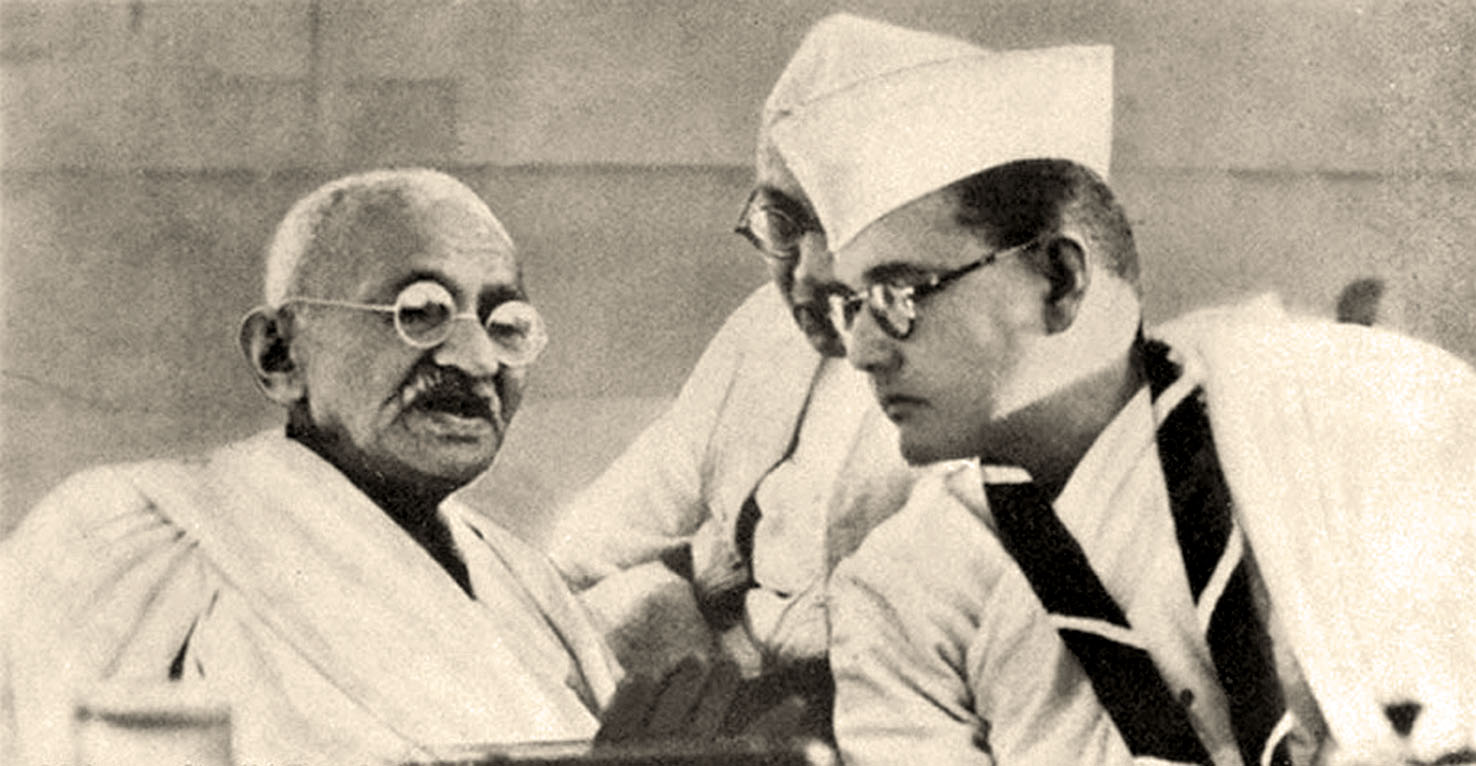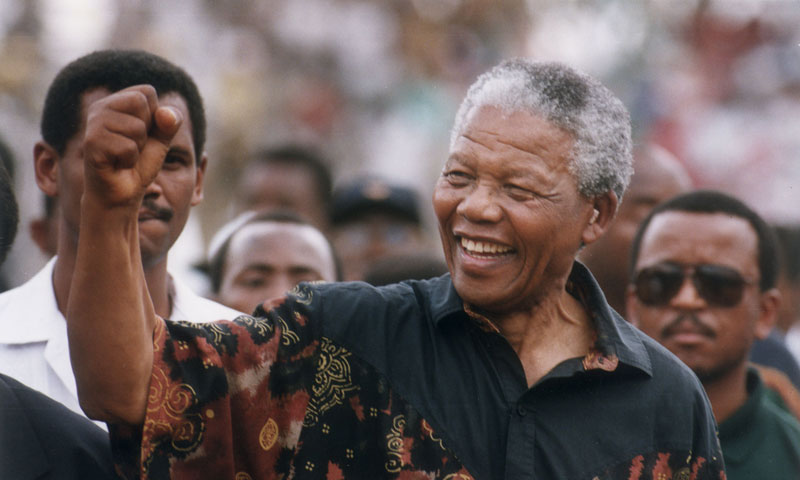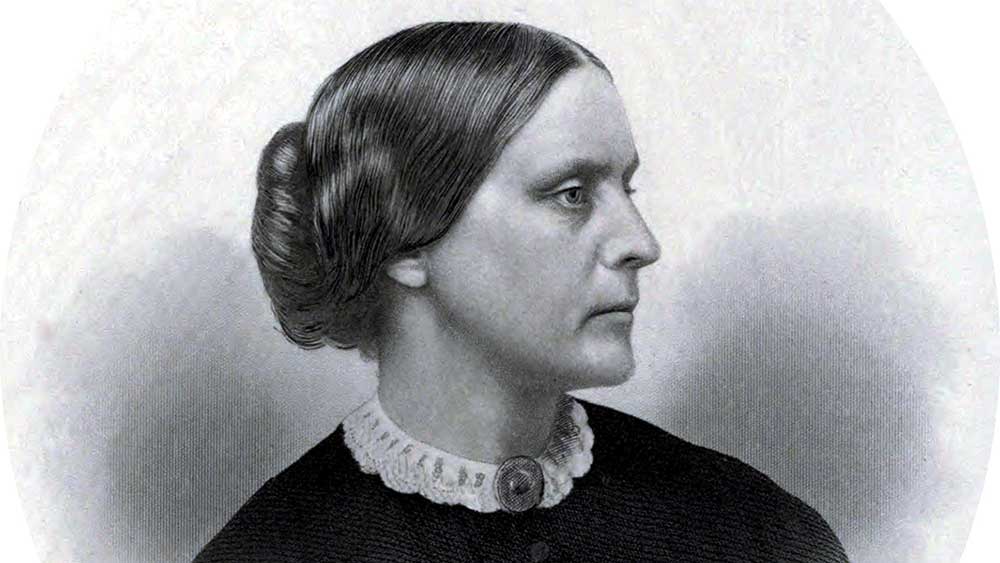
Constructive Anger in Social Activism
Contents
Introduction
Constructive anger is a powerful force in social activism, driving individuals and communities to confront injustice and fight for meaningful change. This type of anger, when properly directed, can inspire collective action and fuel movements that reshape society for the better. It’s not just about being angry; it’s about channeling that emotion in a way that motivates others and brings attention to critical issues. Balancing anger with a strategic approach is essential for creating lasting impact.
In this article, we will explore the significance of constructive anger in social movements, and how it can be effectively harnessed for positive change.
What is Constructive Anger?
Constructive anger refers to a type of anger that is harnessed in a positive and productive manner to foster change and address issues. Unlike destructive anger, which can lead to negative outcomes and conflict, constructive anger motivates individuals and groups to challenge injustices and work towards solutions.
This form of anger serves as a catalyst for social action and progress, driving movements that aim to improve society by focusing on meaningful goals rather than personal grievances. Explore here further types of anger for youtknowledge.
Why is Anger Important in Activism?
Anger plays a crucial role in activism by driving individuals to challenge injustices and push for change. This emotion often serves as a catalyst for mobilizing people, uniting them around a common cause.
- Catalyst for Action: Anger can drive individuals and groups to take action against injustices. It turns frustration into energy, fueling movements that demand change.
- Emotional Resonance: Anger can unite people by creating a shared emotional experience. It helps build solidarity among those who are affected by the same issues, fostering a sense of community and purpose.
- Focus and Determination: Anger helps activists maintain their focus and determination, especially in the face of challenges. It can provide the emotional strength needed to persist in long-term struggles.
- Legitimizing Grievances: Anger can legitimize grievances in the public eye. When expressed collectively and strategically, it can force governments, institutions, and the broader society to acknowledge and address issues that might otherwise be overlooked or dismissed.
- Moral Outrage: Anger is often rooted in a sense of moral outrage, where activists are driven by a deep belief that something is fundamentally wrong. This moral clarity can inspire others to join the cause.
Examples of Constructive Anger in Historical Movements
Throughout history, constructive anger has played a crucial role in driving social and political change. By channeling anger into organized, strategic actions, leaders and movements have successfully challenged injustices and inspired lasting transformations. Below are some notable examples of how constructive anger has been harnessed in historical movements.

Martin Luther King Jr. and the Civil Rights Movement
Michael Ochs Archives/Getty Images
Martin Luther King Jr. harnessed the anger of African Americans facing racial injustice and channeled it into a powerful nonviolent movement. His leadership in events like the Montgomery Bus Boycott (1955-1956), triggered by Rosa Parks’ arrest, exemplified how anger over systemic discrimination could fuel organized protests. King’s “Letter from Birmingham Jail” (1963) was a direct response to criticism from white clergymen, in which he expressed frustration with the slow pace of change and justified the use of nonviolent direct action. His anger, while controlled, was evident in his speeches and writings, where he argued that the time for patient waiting was over, and action was necessary to secure civil rights.
King’s influence transformed the Civil Rights Movement from localized efforts into a national campaign. His nonviolent philosophy, inspired by Mahatma Gandhi, was crucial in appealing to the moral conscience of a nation divided by racial segregation. King’s ability to articulate the struggles of African Americans resonated with diverse audiences, broadening support for the movement.
The 1963 March on Washington, where King delivered his famous “I Have a Dream” speech, exemplifies his leadership and the impact of his nonviolent strategy. Drawing over 250,000 people, the march was key in generating momentum for civil rights legislation and solidified King’s role as a pivotal figure in the movement.

Mahatma Gandhi and the Indian Independence Movement
Unlike minds: Mahatma Gandhi (left), the leading pacifist campaigner for Indian independence, speaks to the decidedly non-pacifist Subhas Chandra Bose in Haripura during the annual meeting of the Indian National Congress held there in 1938, when Bose was the organization’s president. | JON MITCHELL PHOTO
Mahatma Gandhi’s anger towards British colonial rule was channeled into the concept of Satyagraha, or nonviolent resistance. The Salt March of 1930, a direct act of civil disobedience against the British salt tax, was a pivotal moment where Gandhi turned collective anger into a mass protest. The movement sparked nationwide participation, highlighting the injustice of colonial laws. Gandhi’s anger towards the oppressive system was clear, yet he consistently preached nonviolence, urging Indians to resist with dignity rather than hatred.
Expanding on this, Gandhi’s approach to Satyagraha was not merely a political strategy but a profound philosophical stance rooted in his belief in the inherent goodness of humanity and the power of moral force. The Salt March, which covered approximately 240 miles from Sabarmati Ashram to the Arabian Sea, mobilized hundreds of thousands of Indians and drew significant international attention to the Indian independence struggle. This act of defiance against the British salt monopoly was more than a protest against a specific tax; it symbolized a broader rejection of colonial domination and exploitation.
Gandhi’s Satyagraha was characterized by its commitment to nonviolence, or ahimsa, and truth, or satya. He argued that true resistance must be grounded in ethical principles, where the means of struggle are as important as the ends. This approach aimed to appeal to the conscience of the oppressor and the broader international community, emphasizing moral high ground over violent conflict. By maintaining nonviolent discipline, Gandhi sought to create a moral crisis for the British government, forcing them to confront the legitimacy of their rule.

Nelson Mandela and the Anti-Apartheid Movement
President Nelson Mandela talks to fellow veteran politician Ahmed Kathrada. (Mike Hutchings / Reuters)
Nelson Mandela’s anger towards the apartheid regime in South Africa was initially channeled through his involvement with the African National Congress (ANC) and its armed wing, Umkhonto we Sizwe. However, during his 27 years in prison, Mandela’s anger evolved into a more constructive force. Upon his release, he advocated for reconciliation rather than revenge, using his anger at the injustices of apartheid to fuel his efforts to unite the country. His anger became a driving force for change, leading to the dismantling of apartheid and the establishment of a democratic South Africa.
Mandela’s early activism included direct action against apartheid’s systemic racism, including acts of sabotage orchestrated by Umkhonto we Sizwe, which he co-founded in 1961. This armed struggle was a response to the brutality and repression faced by black South Africans, aiming to weaken the apartheid regime’s grip on power. Mandela’s arrest in 1962 and subsequent life sentence in 1964 for his anti-apartheid activities symbolized the regime’s harsh crackdown on dissent.
During his long imprisonment, Mandela’s approach to resistance evolved. Far from becoming embittered, he utilized his time in prison to reflect on his strategies and the broader goals of the anti-apartheid movement. His resolve to achieve a peaceful resolution grew stronger, and he began to prioritize negotiation and dialogue over violent confrontation. Mandela recognized that reconciliation was crucial for the nation’s stability and future, given the deep divisions and animosities fostered by apartheid.

Susan B. Anthony and the Women’s Suffrage Movement
Anthony died in 1906, 14 years before the Constitution’s 19th Amendment gave women suffrage.
Susan B. Anthony was deeply angered by the exclusion of women from the right to vote and other civic rights. Her arrest for illegally voting in the 1872 presidential election became a symbol of her defiance against a system that marginalized women. Anthony’s anger at the systemic inequality was a key motivator in her relentless advocacy for women’s suffrage. She used her frustration as a catalyst to organize rallies, deliver speeches, and collaborate with other activists, leading to the eventual passage of the 19th Amendment in 1920, which granted women the right to vote.
Anthony’s activism began in the mid-19th century, a period when women’s rights were largely disregarded. Her frustration with societal norms and legal restrictions fueled her determination to challenge these injustices head-on. In 1869, she co-founded the National Woman Suffrage Association (NWSA) with Elizabeth Cady Stanton, focusing on securing voting rights for women through a constitutional amendment. This organization was pivotal in advancing the suffrage movement, advocating tirelessly for women’s enfranchisement.
Anthony’s arrest for voting in 1872 was a deliberate act of civil disobedience meant to highlight the absurdity and unfairness of laws that denied women basic rights. Her subsequent trial and conviction, which included a fine she never paid, drew national attention to the suffrage cause. Anthony’s bold defiance and public speeches during this period brought significant visibility to the movement and emphasized the urgent need for legal reform.
Practical Strategies for Harnessing Constructive Anger
Effectively channeling constructive anger involves turning emotional intensity into purposeful action. To do this, it’s crucial to focus that anger on clear and achievable goals, ensuring it leads to positive outcomes rather than frustration.
Here are some effective strategies:
- Define Clear Goals: Set specific, actionable objectives to focus the anger on meaningful outcomes. Clear goals help direct efforts and resources efficiently, ensuring that the anger leads to productive action. (Setting goals)
- Engage in Constructive Dialogue: Use anger as a catalyst for open and respectful conversations. This approach fosters understanding and collaboration, which can lead to practical solutions and wider support for the cause.
- Build Alliances: Collaborate with like-minded individuals and organizations to amplify the impact of the anger. Forming alliances can enhance resources, support, and effectiveness in addressing the issues.
- Focus on Positive Change: Channel angers into actions that promote constructive change, rather than perpetuating conflict. Emphasize solutions and improvements to drive progress and foster a more positive outcome.
- Monitor and Adjust: Continuously evaluate the effectiveness of actions and adjust strategies as needed. This flexibility ensures that anger remains a force for good, adapting to new developments and feedback.
How We Can Use Constructive Anger In Social Issues In 2024
Firstly, you must understand that the issues at hand are critical. By harnessing this energy effectively, we can address some of the most pressing social challenges of 2024.
- Climate Change: Advocate for stronger environmental policies and sustainable practices. Use your anger to drive awareness and action on climate issues, encouraging both individuals and governments to take more aggressive steps.
- Racial Injustice: Challenge systemic racism and inequality. Use constructive anger to support movements and initiatives aimed at achieving racial equity and justice, and to hold institutions accountable.
- Gender Equality: Address issues such as the gender pay gap, workplace harassment, and underrepresentation of women in leadership roles. Constructive anger can fuel advocacy for policies and practices that promote gender equality.
- Economic Inequality: Tackle issues related to wealth disparity, unfair labor practices, and lack of access to basic needs like healthcare and education. Use your anger to push for policies that promote economic fairness and social safety nets.
- Human Rights Violations: Stand against abuses such as discrimination, torture, and unjust imprisonment. Use your anger to support human rights organizations and campaigns that work towards justice and protection for marginalized communities.
| Action Step | Explanation | Explanation |
| Channel Anger into Advocacy | Use anger as a driving force to advocate for social issues through campaigns, petitions, and public speaking. | Organizing a campaign against climate change policies that negatively impact marginalized communities. |
| Engage in Constructive Dialogue | Turn anger into productive discussions by engaging with opposing views to find common ground and solutions. | Hosting a community forum on police reform to allow different perspectives to be heard and understood. |
| Support Grassroots Movements | Use anger to fuel support for grassroots organizations that tackle social issues from the ground up, ensuring change happens at the community level. | Volunteering for or donating to local organizations fighting for racial equality and justice. |
| Hold Leaders Accountable | Direct anger towards holding political and corporate leaders accountable for their actions, ensuring they respond to the needs of the people. | Participating in or organizing efforts to demand transparency and ethical practices from corporate leaders |
| Promote Awareness Through Art and Media | Use anger creatively to produce art, literature, or media that highlights social injustices and inspires others to take action. | Creating a documentary that sheds light on the impact of housing discrimination in urban areas. |
| Foster Community Solidarity | Turn anger into a unifying force by bringing communities together to address social issues collectively, fostering mutual support and understanding. | Organizing neighborhood meetings to discuss and address local issues like gentrification or environmental hazards. |
| Challenges Power Structures | Constructive anger empowers activists to question and confront existing power dynamics and systems of oppression. This challenge encourages critical dialogue, promotes accountability, and can lead to meaningful reforms and shifts in societal norms. | This challenge encourages critical dialogue, promotes accountability, and can lead to meaningful reforms and shifts in societal norms. |
Conclusion
Constructive anger, when harnessed effectively, serves as a powerful catalyst for social change. It drives individuals and movements to take action, raise awareness, and build solidarity around critical issues. By setting clear goals, engaging in constructive dialogue, and crafting actionable plans, activists can channel their anger into positive outcomes. However, it is essential to manage this emotion carefully to prevent escalation, polarization, and burnout. When balanced with strategic thinking and empathy, constructive anger can lead to significant societal progress and meaningful reforms.
References
- Brown, M. (2018). The power of anger in social movements. University Press.
- Bergen, K. J. (2015). Constructive anger: The role of emotion in social change. Cambridge University Press.
- Goodwin, J., & Jasper, J. M. (2019). The social movements’ reader: Cases and concepts (3rd ed.). Wiley-Blackwell.
- King, M. L. (2014). The role of anger in civil rights movements. Oxford University Press.
- Langerhans, B., & Spangenberg, S. (2019). Methods of social movement research. University of Minnesota Press.
- Melucci, A. (2017). Challenging codes: Collective action in the information age. Cambridge University Press.
- Morris, A. D., & Mueller, C. M. (2020). Frontiers in social movement theory. Yale University Press.
- Tilly, C. (2016). Social movements, 1768–2012 (2nd ed.). Cambridge University Press.
- Turner, R. H., & Killian, L. M. (2018). Collective behavior (4th ed.). Prentice Hall.
- Loss, K., & Sherman, R. (2018). Theories of social movements. Routledge.









